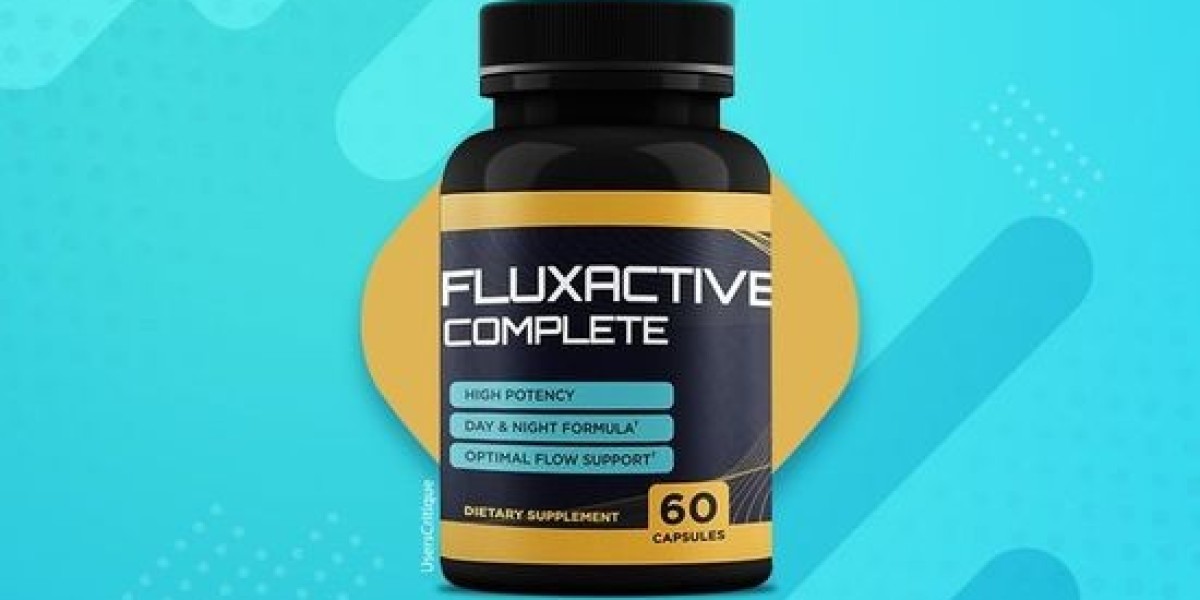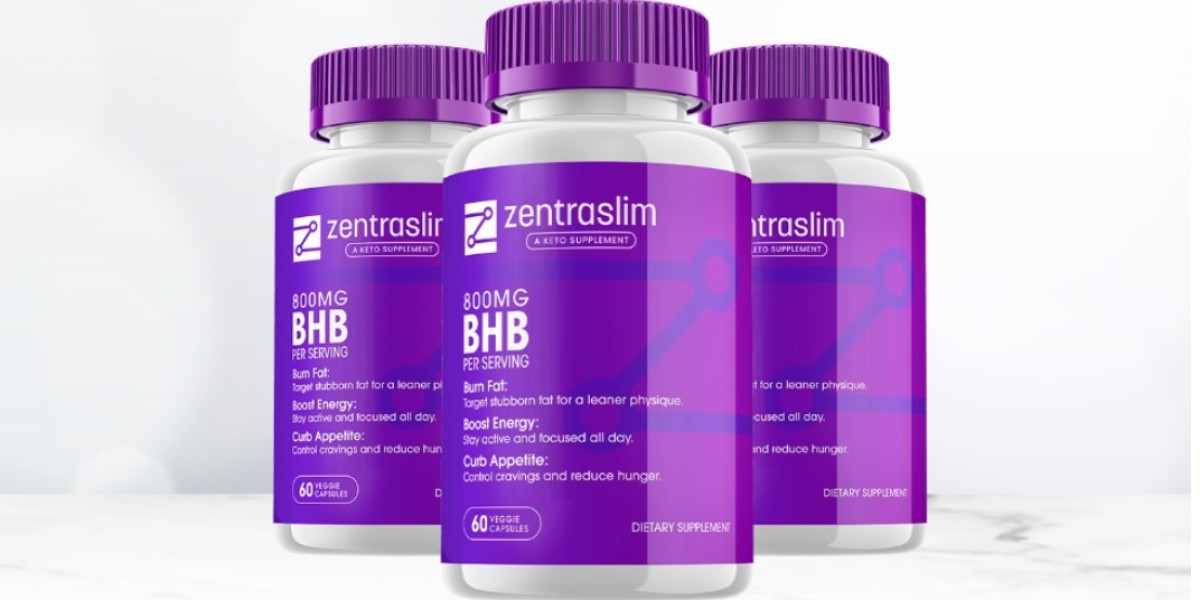Thinking about trying a chemical peels in Dubai but unsure where to begin? You’re not alone. For many skincare beginners, chemical peels sound both exciting and intimidating—especially with terms like “acids,” “flaking,” and “downtime” being thrown around.
The good news? Peels are one of the most effective and beginner-friendly treatments for improving skin texture, clarity, and overall glow—when done right.
In this beginner’s guide, we’ll explain exactly how chemical peels work, what to expect before and after treatment, and how to choose the right peel for your skin. Whether you’re dealing with acne, dullness, or just looking to refresh your skin, this article will help you get started with confidence.
What Is a Chemical Peel?
A chemical peel is a skin-resurfacing treatment that uses specially formulated acids to exfoliate dead skin cells and encourage new, healthier skin to emerge. It helps with:
Dullness and uneven texture
Acne and oily skin
Hyperpigmentation and dark spots
Fine lines and mild wrinkles
Enlarged pores
Chemical peels vary in strength and type depending on your skin concern and goals.
How Do Chemical Peels Work?
Here’s what happens during a typical peel:
Cleansing: Your skin is cleansed to remove dirt, makeup, and oil.
Application: A solution (usually acid-based) is applied to the skin. It may tingle or sting slightly.
Wait Time: The peel is left on for a specific duration depending on its strength.
Neutralization: The peel is either neutralized or left to self-neutralize, depending on the product.
Aftercare: A calming product and SPF are applied post-treatment.
The process usually takes 30–45 minutes, making it perfect for a lunchtime appointment.
Types of Chemical Peels for Beginners
1. Glycolic Acid Peel
Good for: Dull skin, uneven tone
Strength: Mild to moderate
Downtime: Minimal (some flaking)
Skin Type: Normal, dry, combination
2. Salicylic Acid Peel
Good for: Oily, acne-prone skin
Strength: Moderate
Downtime: Low to moderate (peeling possible)
Skin Type: Oily, acne-prone
3. Lactic Acid Peel
Good for: Sensitive skin, hydration boost
Strength: Very mild
Downtime: None to very little
Skin Type: Dry, sensitive
4. Mandelic Acid Peel
Good for: Hyperpigmentation in darker skin tones
Strength: Gentle but effective
Downtime: Minimal
Skin Type: All, especially Fitzpatrick types IV–VI
? Tip: Start with a mild peel. You can always go stronger as your skin builds tolerance.
What to Expect After Your First Peel
After a light to moderate peel, you might notice:
A healthy glow within 24–48 hours
Mild flaking or dryness for 2–3 days
Slight redness or sensitivity immediately after
Deeper peels may involve more visible peeling, but your clinic will guide you on what to expect based on the specific treatment used.
Basic Aftercare Tips
Taking care of your skin after a peel is just as important as the treatment itself. Here’s how to support recovery:
Use sunscreen daily (SPF 50+)
Avoid direct sun exposure for at least a week
Do not pick at peeling skin—let it slough off naturally
Avoid active skincare ingredients (retinol, AHAs, BHAs) for 5–7 days
Stay hydrated and use a calming, fragrance-free moisturizer
? Always follow the aftercare instructions provided by your skincare professional.
How Soon Will You See Results?
Light peels: Noticeable glow in 2–5 days
Moderate peels: Clearer tone and texture within 1–2 weeks
Full improvement: Often seen after 3–4 sessions spaced a few weeks apart
Results are cumulative, meaning each peel builds upon the last.
How Often Should You Get a Peel?
For beginners, dermatologists in Dubai typically recommend:
Light peels: Every 3–4 weeks
Moderate peels: Every 6–8 weeks
Deeper peels: As advised—usually less frequently
A consistent schedule delivers better, longer-lasting results.
Who Should Avoid Peels?
Before booking, consult a professional if you:
Are pregnant or breastfeeding
Have active skin infections or open wounds
Have recently used isotretinoin (Accutane)
Have very sensitive or compromised skin barriers
In these cases, your provider may recommend postponing or choosing gentler alternatives.
Choosing a Clinic in Dubai
Dubai offers many clinics that specialize in cosmetic dermatology, but quality varies. As a beginner, look for:
Certified dermatologists or licensed aestheticians
Transparent consultation and pre-treatment assessment
Clean, sterile environment
Customized treatment options based on your skin type
✅ Avoid discount offers from non-certified salons or spas. Your skin deserves professional care.
Final Thoughts
If you’re new to skincare treatments, a chemical peel in Dubai is a fantastic first step toward brighter, healthier skin. Start with a gentle option, follow expert aftercare, and be consistent for lasting improvement.
By working with a qualified provider, you’ll not only enjoy safe results—you’ll also gain the confidence that comes with glowing, refreshed skin.









